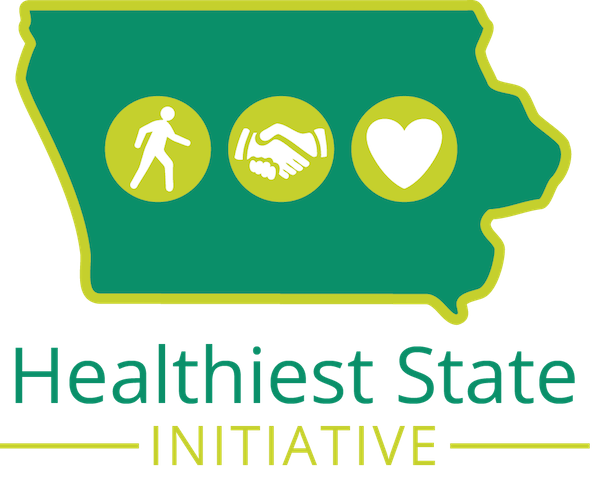Claire’s Story
Claire Richmond was 14 when she started having trouble performing remedial tasks. She had a sudden onset of severe, unexplainable pain that accompanied confusion and anxiety. Richmond went to doctor after doctor in search of a diagnosis, but nothing was determined. These anxiety attacks were somewhat fleeting, but they returned on a semi-regular basis.
“My body didn’t do the things I wanted it to do, or it was supposed to do,” Richmond said. “Your doctors can’t tell you why, and I lived my life scared. There was constant anxiety that there was something wrong with me, but I didn’t know what it was. I didn’t have a name for it. Was it going to kill me? I didn’t know.”
Richmond went through much of her early adult life without an answer, but she charged on. She attended and graduated college, started a career in graphic design, and lived up and down the East Coast. But with each attack, Richmond felt more discouraged. She was depressed and anxious, just trying to anticipate the next interruption to her life.
Her symptoms reached a peak in August 2016. Richmond, who had moved to Des Moines, couldn’t eat or drink. She was immediately admitted to the hospital, but doctors again couldn’t find a diagnosis. After a seven-month stint visiting emergency room after emergency room, she was admitted to the Mayo Clinic, where she finally got a diagnosis in February 2017 — 19 years after her first attack.
She had acute hepatic porphyria, an ultra-rare genetic disease affecting the central nervous system. The disorder has been called one of the most painful known to man. It’s characterized by unspecified, uncontrollable pain.
Richmond had an answer, but the untreated disorder already wreaked havoc on her body. The effects of each attack are temporary, but each one left Richmond more debilitated for hours and days at a time.
“In managing my condition, I became more confident.”
At this point, attacks left her temporarily unable to walk. Even medical experts didn’t completely understand this disorder, which only exacerbated Richmond’s anxiety.
In the next few months and years, parts of Richmond’s life began slipping away: She could no longer work full time. Her ability to give back to the community faltered. She was no able to complete everyday tasks. Her condition forced her to cancel on friends and family.
“I suddenly hit a point where I no longer had physical and emotional capacity for these activities,” Richmond said. “I used to pride myself on reliability, and I was finding myself having to step down from commitments and repeatedly cancel plans. I felt unstable, extremely anxious and utterly depressed.”
Richmond had always seen a therapist, but in 2018 she switched to see someone who specialized in chronic disease coping mechanisms. With treatment and a focus on mindful self-compassion (MSC), Richmond, now 36, has been able to find stability in her health and can predict when her twice-a-month attacks occur.
Her hospital visits are less frequent and her mental health has improved as well. Richmond found it’s easier to live in the moment and take things day-by-day so she doesn’t overwhelm herself.
“In managing my condition, I became more confident,” Richmond said. “That helped my mental health in the long run because I felt I had been beaten down for so long. Finally, I am working toward stability. I’m in a much better place, but it’s taken me a long time to get here.”



